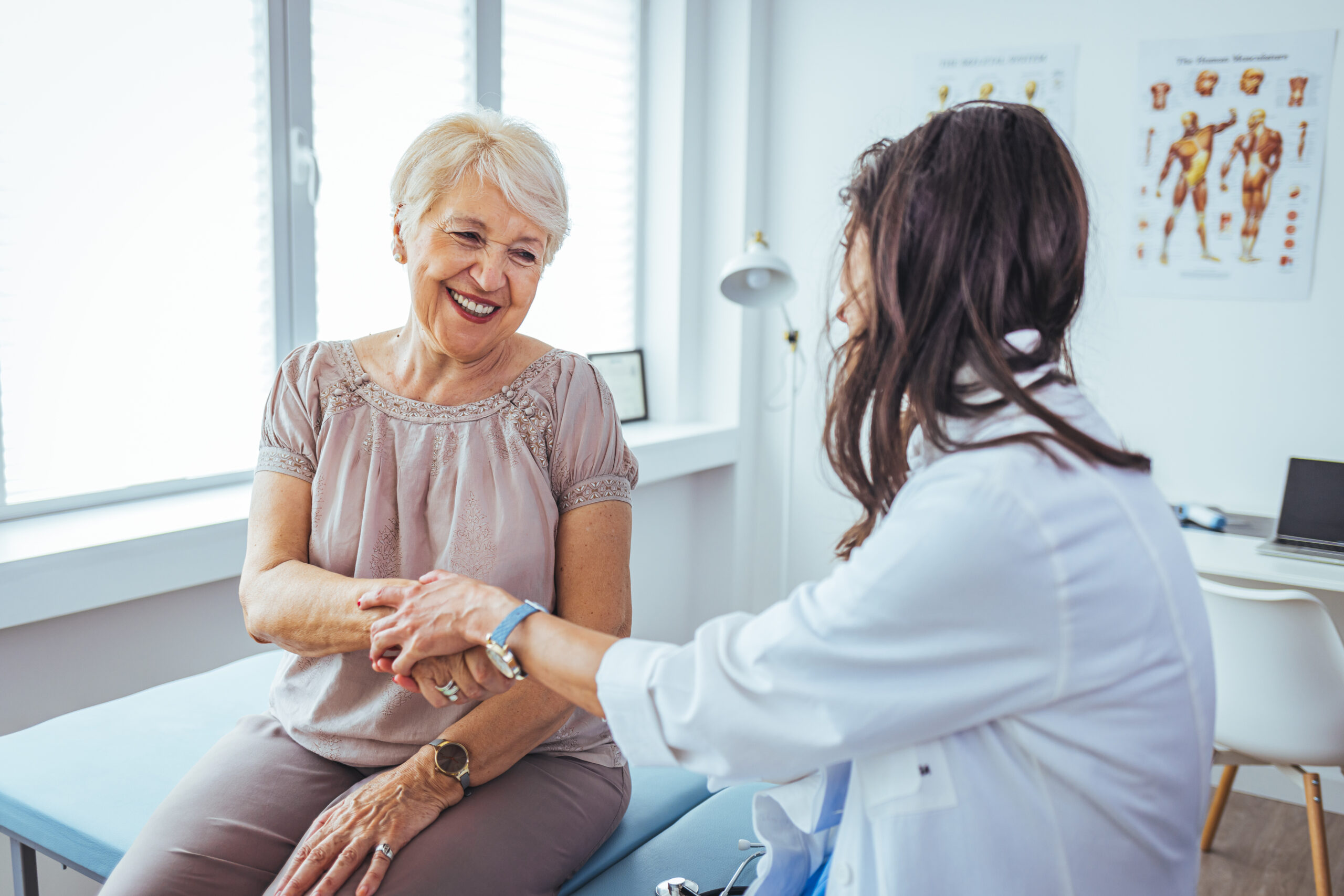
Share On Social!
Racial/ethnic disparities in health insurance coverage and healthcare access worsened during the pandemic, according to a new study in the journal Geospatial Health.
The study found Latinos and African Americans were the most affected populations.
“Our results suggest that loss of insurance coverage and reduced access to health services deepened inequities in an already uneven healthcare landscape, particularly for African American and Hispanic/Latino populations,” according to the study researchers.
Let’s dive into what the data found and what this means for Latinos.
How Did COVID-19 Impact Healthcare for Latinos?
Study researchers – from CDC, the U.S. Department of Health and Human Services, and Johns Hopkins University Bloomberg School of Public Health – explored data from four national surveys to assess the impact of COVID-19 on healthcare access.
Before the pandemic, health insurance coverage rates were consistently lower for Latinos, along with African Americans, American Indian/Alaskan Native (AIAN).
During the pandemic, these racial/ethnic coverage disparities got worse.
“These disparities persisted as overall rates of insurance coverage first decreased and then began to recover during 2020 and 2021,” according to the study researchers.
Cost, unemployment, and eligibility drove non-insurance before and during the pandemic.
About 67% of adults who had been uninsured for less than a year cited unaffordable coverage as a reason they were uninsured before and/or after the start of the pandemic.
“Hispanic adults who cited [cost as the reason] why they were uninsured increased by about 2% since the start of the pandemic,” the researchers found.
Why Is Healthcare Coverage and Access a Big Deal for Latinos?
Sadly, the new study emphasized the stark racial/ethnic health insurance gap for Latinos.
In the U.S., Latinos are uninsured nearly three times more than their white peers.
Given that Latinos are 19.1% of the U.S. population and expected to rise further, this lack of healthcare coverage will endanger the health of many more individuals and families.
“Studies show that people without health insurance coverage are less likely to receive necessary preventive care and screening services, have less access to care, and experience worse health outcomes than those with health insurance coverage,” according to a report from the Assistant Secretary for Planning and Evaluation (ASPE).
Experts suggest increasing funding for enrollment outreach, improving education on coverage options, and providing online navigator assistance.
In Oregon, health officials embedded in schools to help parents with health issues.
Rocio Muñoz, a health navigator for Benton County Health Department, worked with the local school district to embed bilingual, bicultural health navigators into elementary schools in Corvallis, Ore. (7.4% Latino).
Navigators connect families to health insurance, health care services, and well child checks.
“We are all here together to help the kids and to make sure that families get what they need,” said Claudia Bouvier of Garfield Elementary School in the Corvallis School District.
How Is Health Insurance a Social Determinant of Health (SDoH) Issue?
Health insurance is a critical part of the social determinants of health (SDoH).
SDoH are the non-medical factors, like where people are born, live, learn, work, play, worship, and age, that impact a person’s health.

Latinos face a variety of social, environmental, and economic inequities in their neighborhoods and communities that create social need and negatively impact health. These include financial strain, poor access to health insurance coverage and care, unhealthy food environments, unreliable transportation, unstable housing, and many more.
“Addressing SDoH is key to improving health for Latinos and all people. Numerous studies suggest that SDoH accounts for between 30-55% of health outcomes and SDoH influences individual health behaviors which account for another 30% of health outcomes,” according to a Salud America! resource.
Recently, the White House and U.S. Department of Health and Human Services (HHS) released the first-ever U.S. Playbook to Address Social Determinants of Health.
This playbook highlights the need for well-coordinated systems of health and social care to better address social needs that can impact health, and how the federal government is taking action to achieve this transformation.
Learn more about the playbook here.
How Can We Address SDoH in Healthcare Systems?
Fortunately, healthcare systems are placing more emphasis on screening patients for SDoH.
This means that when patients come to medical appointments, they may be asked a series of questions or to fill out a questionnaire that can help healthcare providers identify non-medical barriers to health, then make referrals to local resources to provide help.
For example, Nemours Children’s Health implemented SDoH screening.
In addition, the National Association of Community Health Centers is helping community health centers (also called Federally Qualified Health Centers) conduct SDoH screening to identify social needs in patients and refer them to local aid and resources.
“SDoH screening has the power to address a variety of health-related social needs for Latinos and all people,” said Dr. Amelie Ramirez, director of Salud America! and its home base, the Institute for Health Promotion Research at UT Health San Antonio.
How Can You Address Health Equity and SDoH?
Download a Health Equity Report Card from Salud America! at UT Health San Antonio.
The report card auto-generates local maps, data, and gauges to identify SDoH inequities in comparison to the rest of your state and nation.
You can also use the data in your materials. Share the data on social media to raise awareness about local SDoH issues that need to be addressed.
GET YOUR HEALTH EQUITY REPORT CARD!
Explore More:
Healthcare AccessBy The Numbers
142
Percent
Expected rise in Latino cancer cases in coming years



